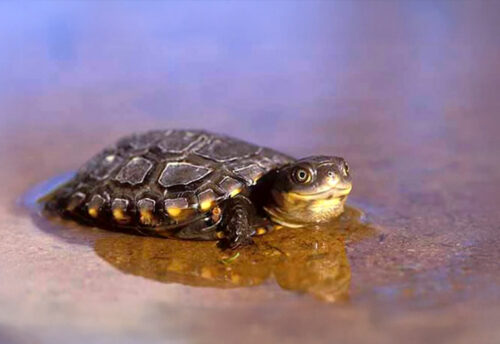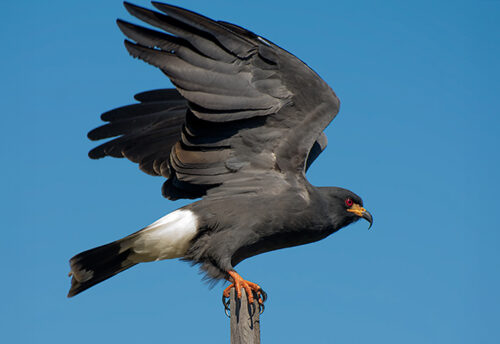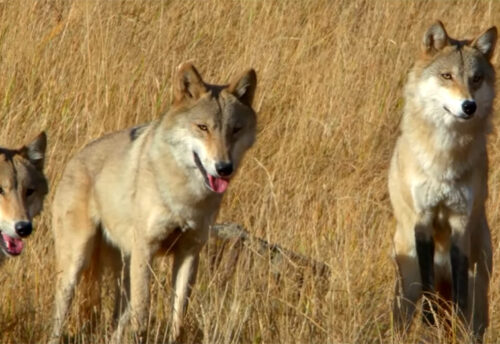
The pika, aka rock rabbit, resembles a mouse, but is actually more closely related to rabbits and hares. It’s part of the order Lagomorpha. A couple features set them apart from rabbits and hares too: short ears and a long tale. As cute as they are, don’t get any ideas of owning one for a pet. These are wild animals, through and through. They are best kept that way. Pikas are native to colder climates. You can find them in North America, Asia, and certain parts of Eastern Europe. They can survive at altitudes of up to 9,000 feet in talus formations (piles of rocks that accumulate at the base of a cliff). Due to climate change and habitat destruction, they have started migrating slowly to higher and higher elevations. But they are running out of places to go.
First the Stats…
Scientific name: Ochotona
Weight: Up to 12.3 ounces
Length: Up to 9.1 inches
Lifespan: Up to 7 years
Now on to the Facts!
1.) Even though they technically live in colonies, they are very defensive of their individual homes and will ferociously fight others that they deem a threat to their house. “Get off my lawn!”
2.) Just like rabbits, after eating they excrete soft green feces, which they then eat again to get further nutrition. After this is done, they produce the solid fecal pellets. Mmmm, a poopoo platter!
3.) Some pikas, like the collared pika, have been documented storing dead birds in their burrows for food during winter. A bit macabre, but ok.
4.) Aside from eating their own poop and dead birds, pikas typically eat grasses, sedges, forbs, twigs, mosses, and lichens.
5.) When they spot danger, they let out a shrill whistle to warn others of impending doom. Then they race into their burrows.
But wait, there’s more on the pika!
6.) Based on their altitude, these cute critters can either be diurnal (active during the day) or crepuscular (active at dawn and dusk).
7.) Because they don’t hibernate during the winter, they will store up to 60 lbs. of plant matter under rocks around their dens to resort to during lean months. Then there is always that dead bird they’ve been hiding away for a rainy day.
Did you know…?
Pikas have a variety of dialects that they use to communicate danger, aggression, fear, general discussion, and a call they use when they’re looking for a little love.
8.) These critters breed 2 times a year, based on their geographic location. The gestation period is 30 days. Females will give birth to a litter of 2 – 5 young.
9.) Weasels, foxes, coyotes, cats, and birds of prey all hunt pikas.
Now a Short Pika Video!
Also, check out the Critter Science YouTube channel. Videos added frequently!
Want to suggest a critter for me to write about? Let me know here.



